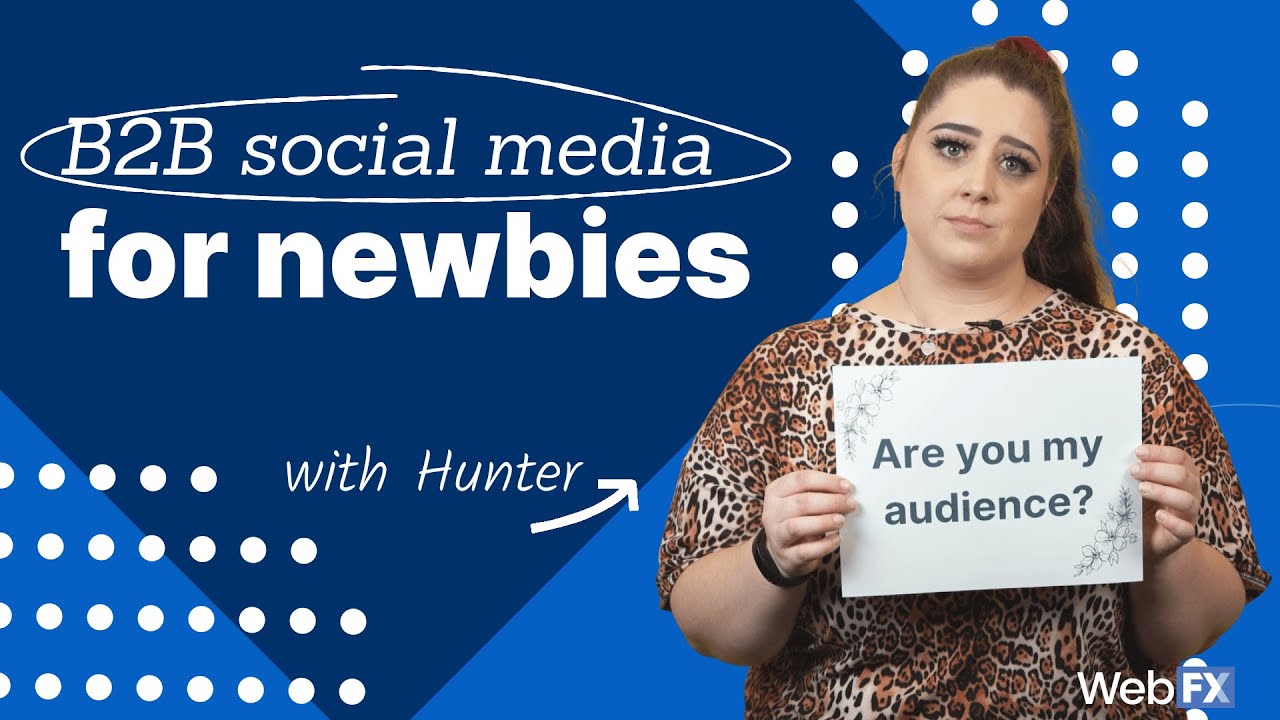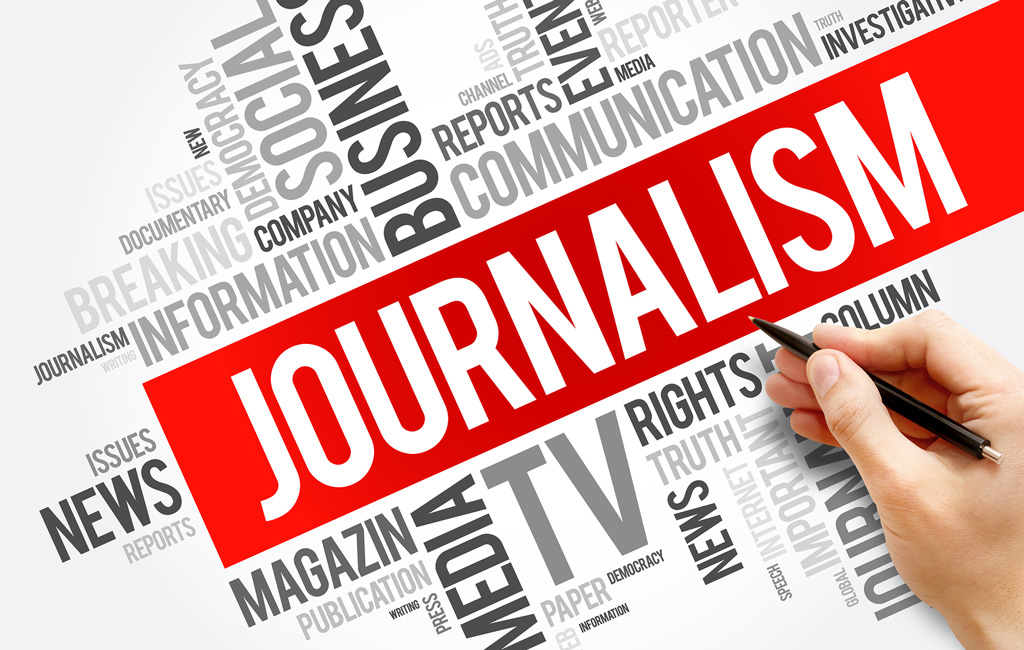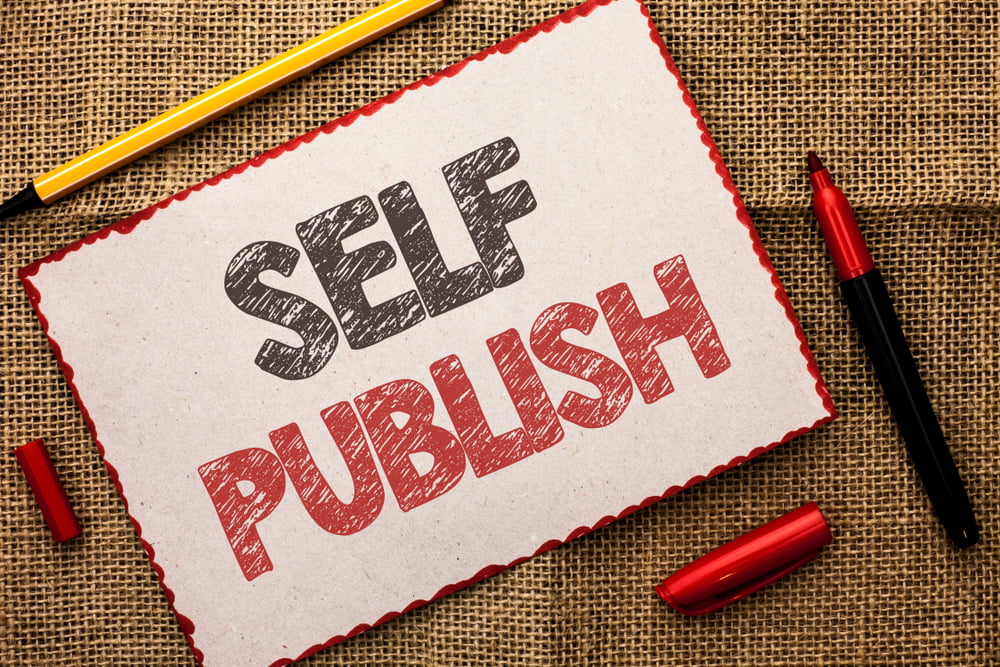Our B2B PRstrategy is a complicated machine that includes earned, owned, shared, and sponsored media components. We're going to focus on the earned media aspect of your public relations strategy today.
What is earned media, and how does it work? It refers to the amount of attention a brand obtains from the media or other websites. It is referred to as "earned" because it cannot be purchased or owned. Media relations, including as news releases and pitches to journalists, are used to achieve this.
So, how do you go about getting it? Understanding what's going on in the world of news and how it affects your public relations strategy is crucial.
What's Wrong With Modern Journalism?
Cision, a leading resource for all things public relations, has issued its 2019 State of the Media Report. This paper provides insight into the future of media relations and the most effective PR strategies.
What does this Cision report indicate about the current state of journalism? "In this fragmented, dynamic media world, communications and public relations professionals have an opportunity to become even more reliable partners with their media counterparts," the introduction says. PR experts might succeed in igniting their media relations strategy with the correct PR methods.
Another study, Onclusive's 2019 Global Journalism Report, provides additional insight into our perceptions of journalism in the twenty-first century. Between Q1 2018 and Q1 2019, Onclusive analyzed 2.1 billion pieces of editorial contentfor its report. Its conclusion is as follows: "Journalism has never been more dynamic as it is today.... The figures reveal a fragmenting author ecosystem across publication levels, editorial themes, and content types."
What distinguishes and empowers today's journalism? We may trace this to two important areas, according to the report: digital media and self-publishing.
Where it used to be simple to figure out which magazines to pitch, there is now a virtual army of lesser-known outlets to penetrate, thanks to the rise of Tier 3 publications (the non-media elite). Furthermore, by combining owned and sponsored media, brands can easily publish their own content and get their name and ideas in front of more eyes.
Let's take a look at these two papers and their findings to see what we can learn and how they will affect modern PR plans and methods.
8 B2B PR Takeaways That Will Affect Your Public Relations Strategy
Make Use Of Data
Journalists now have the opportunity to understand their audience because to the rise and availability of metrics. Journalists have found that knowing who their audience is and what their pain points are is really beneficial.
In Cision's 2019 State of the Media Report, for example, 65 percent of journalists said that having access to audience data like views and engagement has affected the way they judge stories.
But how should this affect your public relations strategy?
As you build pitch concepts, keep in mind that journalists are seeking for data to help them make conclusions. Include data on your target audience and previous content performance to support your argument.
If you want a journalist to cover a recent development in your firm, for example, provide analytics that demonstrate how many people have liked, shared, and commented on comparable topics in the past, as well as how many people follow and care about your organization in general. This demonstrates that there will be a ready audience for the story and that it will be warmly appreciated.
Be A Source Of Information
According to Cision's State of the Media Report, 27% of journalists said their connection with public relations specialists has improved, up from 9% in 2018. This does not, however, imply that public relations professionals are free to do whatever they choose. Journalists expect certain things from their relationships with public relations professionals.
First and foremost, you must establish yourself as a journalistic resource. They require reliable content that is relevant to their field. When asked what type of content journalists expected from PR professionals, 71% said news announcements and press releases.
Journalists responded with a mix of visuals and data when asked what additional types of content they value, citing 27 percent photos, 18 percent infographics, and 16 percent personalized data analytics as the top three.
Keep this in mind when planning to engage media. Prepare relevant statistics and visual images to improve your pitch and give journalists what they want.
Make Use Of Paid Media
There has been a lot of focus on owned and earned content in recent years. What about paid media, though?
Paid channels, when used correctly, can aid in the promotion of your content to new audiences.
When it comes to the future of media, O'Neal of Onclusive expects that "sponsored media will become a norm."
He goes on to offer the following advice: "Use sponsored media to get your best content in front of the right people at the right time, with the frequency and number of readers you want. Combine earned media's reputation with paid media's reach and frequency."
Paid media now includes a variety of digital platforms such as social mediaads, Google Adwords, influencer marketing, and native advertising. The payoff for employing sponsored media varies in price, but it is definitely worth the effort.
The distinctions between earned, owned, shared, and paid media have recently blurred, as mentioned in a prior post. Modern B2B PR requires the ability to integrate all of these types of mediainto a holistic plan rather than compartmentalizing them into distinct corners.
Make Use Of Journalists Who Have A Lot Of Clout
Whereas it used to be that getting into a well-known media outlet was all that mattered, today's authors are building their own brands, apart from the magazines to which they contribute. "They (author influencers) spontaneously establish their own committed following, several of which even rival Tier 1 media sources in scope," according to the research. The volume of content an author creates, the number of followers they have on social media, and the total amount of social media engagement they receive are all used to determine their influence.
According to Onclusive, the bulk of influence is distributed in a bell-curve pattern, meaning that a wide range of journalists can possibly be influencers. A 70 percent or greater influence score today places you in the top 2% of influencers.
Where do you look for influencers? Use influence measurement tools like Kred and Brandwatch.
Make Yourself Relevant
Make sure your pitch is related to the journalist's area of expertise. According to Cision's 2019 State of the Media Report, fewer than a quarter of pitches received were on target for 75 percent of journalists.
Each writer focuses on a specific field, such as technology for some and businessfor others. You must locate a journalist who specializes in your industry. Simply emailing your pitch to a few journalists without considering their beat is both inconvenient (as it should be) and ineffective.
Investigate which journalists from each newspaper cover your sector. SellHack and Voila Norbert are two PR tools that will assist you obtain contact information for the suitable journalists.
Look up information about each journalist you intend to approach in addition to general research. This should include information about their magazine, their target audience, and previous articles they've authored. This will make your pitch more relevant to each reporter and encourage them to cover your story.
Self Publish
PR Tactics - Self-publishAs part of modern PR tactics, brands continue to have the opportunity to be their own publishers.
Today's digital landscape makes it easy to publish your own content, putting you in front of your audience. Don't miss out on this opportunity.
Essentially, this puts you in the driver's seat of your content.
What should you know going into this self-publishing revolution?
One of the biggest piece of information you need is what topics are the most interesting to your audience. As part of its report, Onclusive noted the most popular topics among news outlets in general. The top 10 of these include:
- Business/ Professional (1.8M)
- National News (1.78M)
- Information Technology (1.76M)
- Consumer Products (1.25M)
- Lifestyle (1.2M)
- Fashion (1.16M)
- Travel / Tourism / Geographic (1.14M)
- Sports (1.09M)
- Society (587,594)
- Arts (582,623)
- A little lower down on the list were Health (15)
- Environment (18) and Religion, (23).
Keep these topics in mind as you pitch journalists and self-publish.
Target Regional Outlets
Where oh where are the journalists?
U.S. newsroom employment, according to Onclusive, dropped 23% between 2009 and 2017 and paid positions are projected to drop another 10% by 2026.
All is not lost, however. One area of journalism is still robust.
Onclusive discovered that regional publications, such as the Seattle Times, Miami Herald and St. Louis Post publish more authors than Forbes or the Wall Street Journal. And non-traditional outlets such as BuzzFeed publish more authors than ABC. Not all of these are paid but "major metro pubs are still keeping the newsroom alive," said O'Neal.
What does that mean? This is another arrow in the quiver to get coverage.

How to Create an Awesome B2B Social Media Strategy
What Is Media Strategy In PR?
Media relations strategy, by definition, is the strategic use of media to tell an organization's story. It is the process of developing a message and disseminating it through the appropriate media outletsin order to reach your target market.
What Is B2B Communication In PR?
B2B public relations is concerned with reaching out to a business audience and selling items between two businesses, whereas B2Cpublic relations is concerned with reaching out to the general public and presenting a product to them directly. It's crucial to understand what motivates your target audience to buy things.
Why Is PR Important B2B?
B2B organizations can use strategic PR strategies to build and shape their public image, as well as sustain their reputation over time. B2B public relations initiatives enhance brand awareness, promote specific campaigns and events, aid fundraising efforts, and generate interest in new products.


